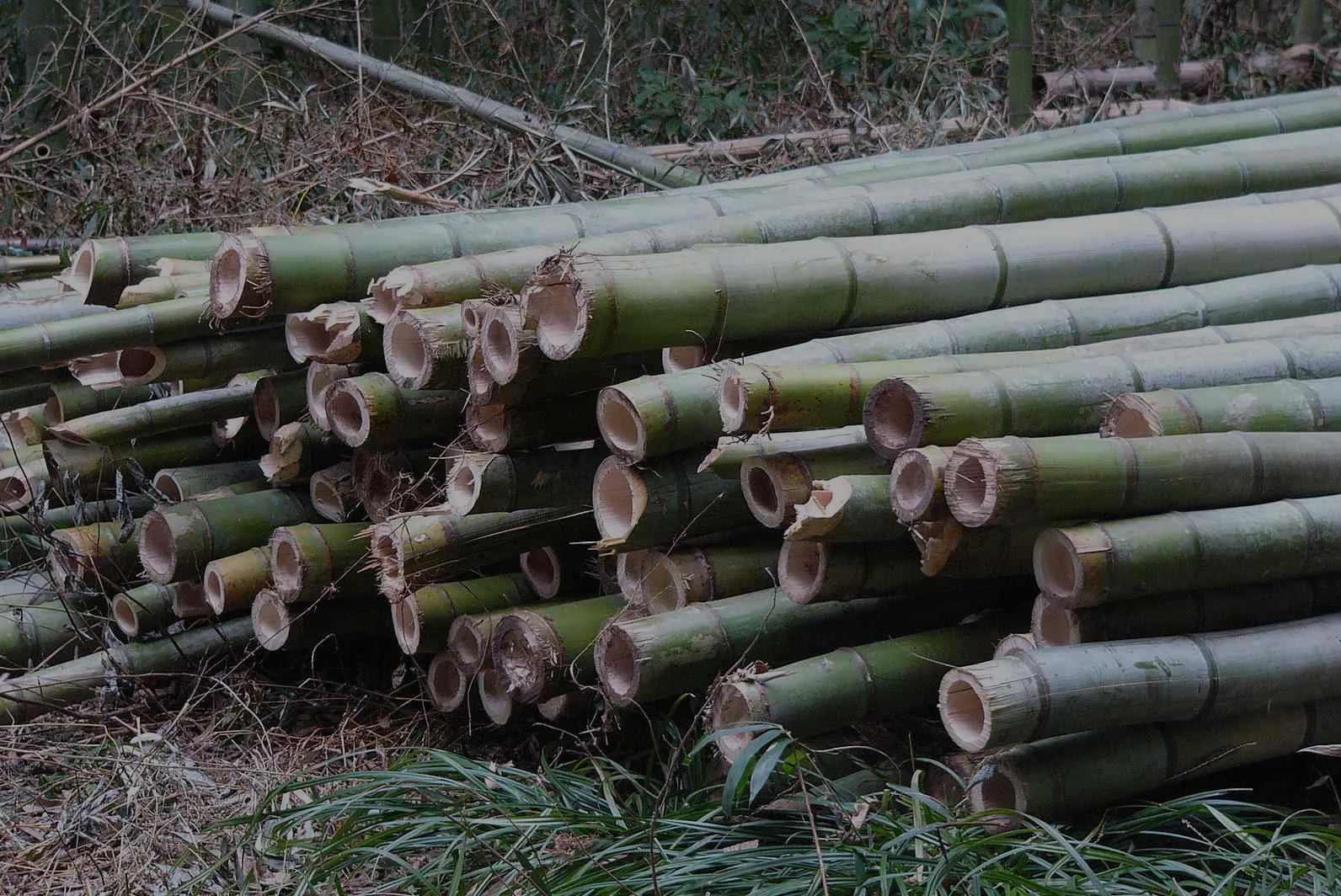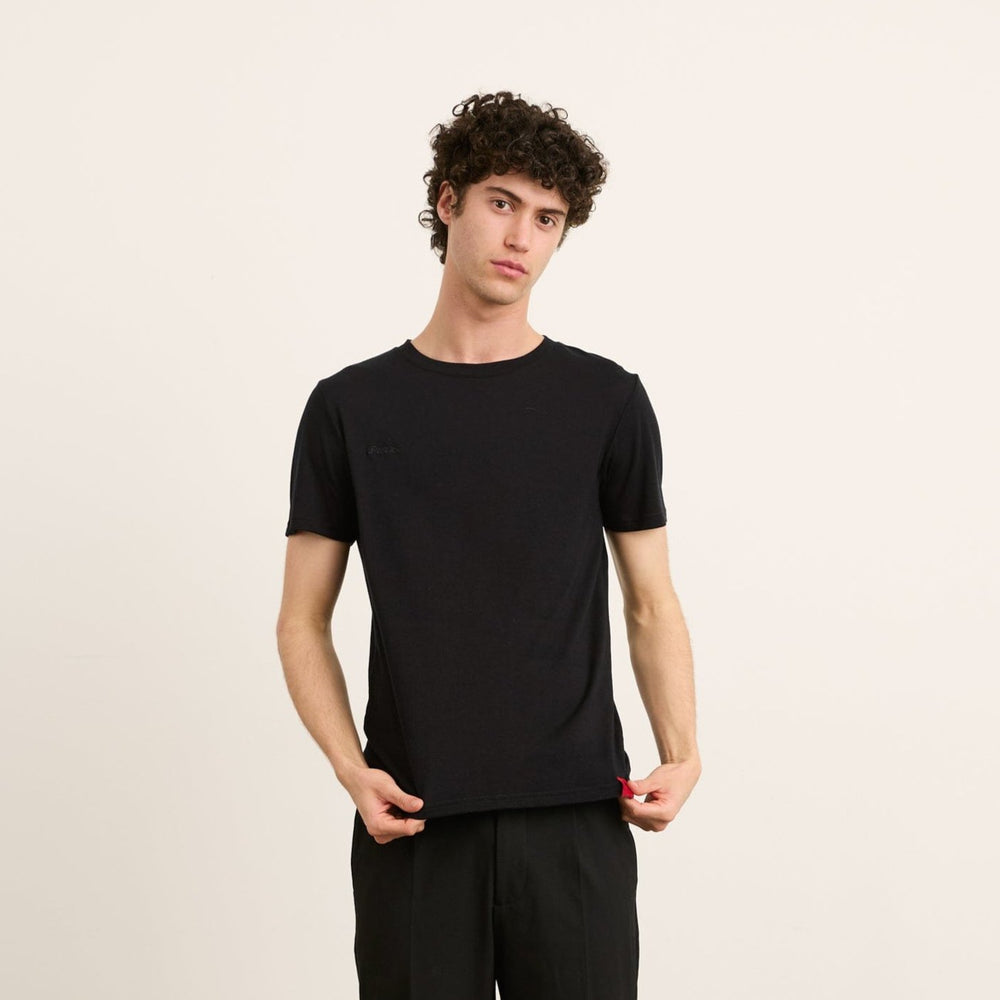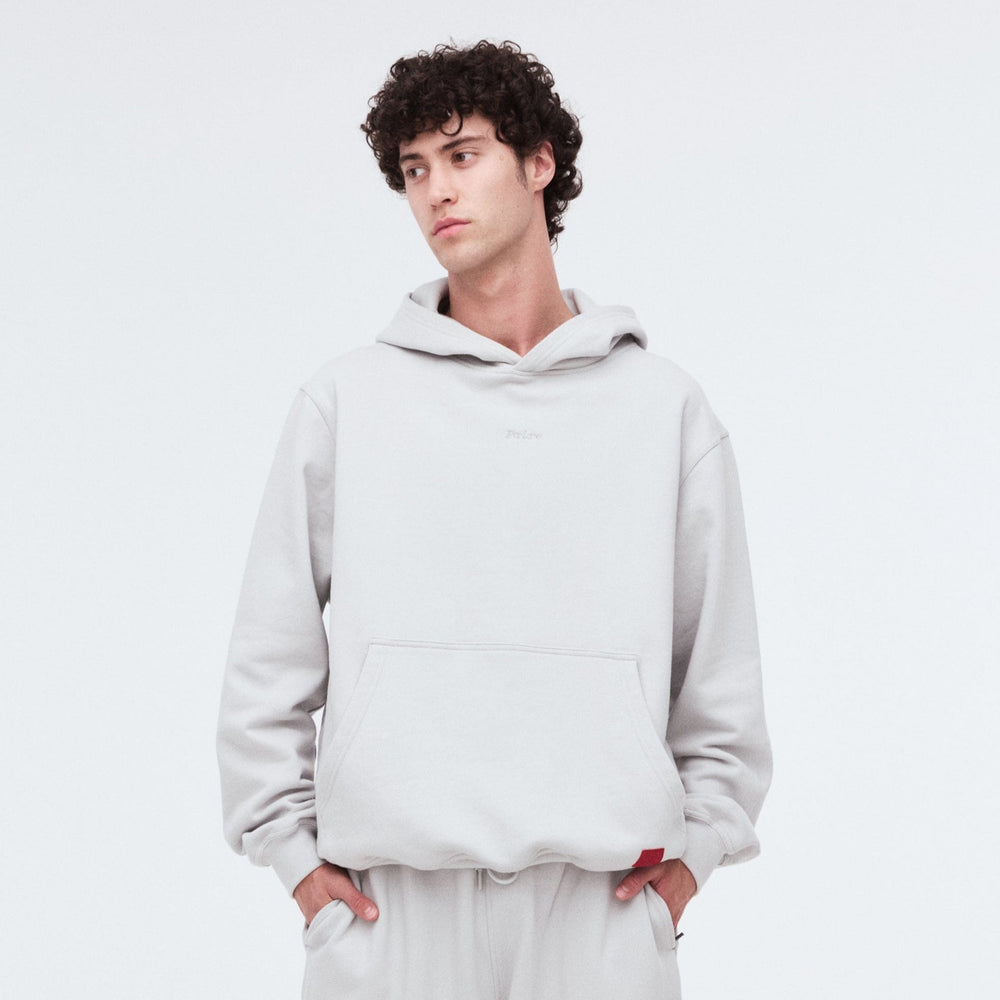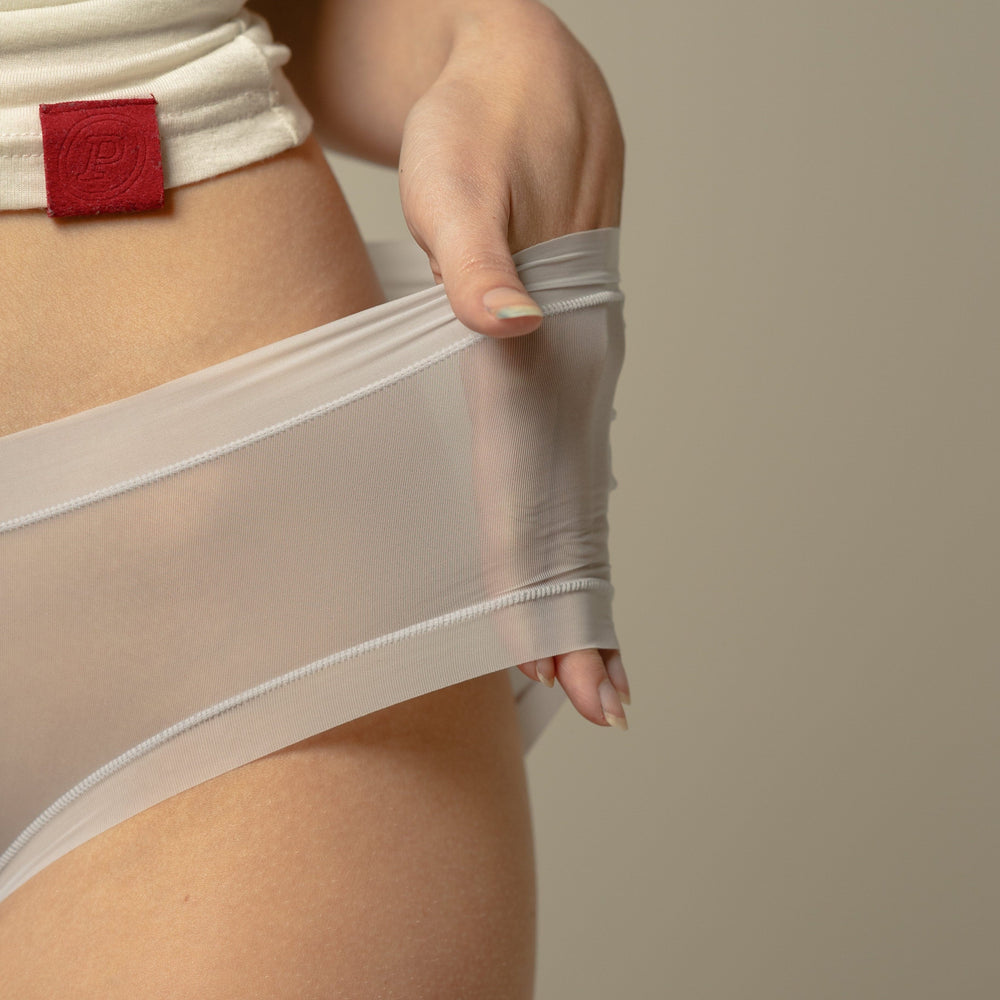Everyone loves a good bargain– especially when it comes with a shiny tag that screams "ECO-FRIENDLY!" Bamboo fabric has been touted as the latest and greatest in sustainable textiles, but it might not be quite what it's cracked up to be. There’s a reason why Paire prefers to use other types of fabrics in our clothes. Here’s a deeper look into the ins and outs of using bamboo fabric in your textiles.

Unraveling the ‘Green’ Myth
I know what you're thinking. "Bamboo grows like a weed. It's also a renewable resource. That must mean it’s eco-friendly." Well, yes and no. While bamboo itself is a wonderfully sustainable plant, the process of turning it into fabric isn’t as eco-friendly as you would typically assume.
Transforming bamboo into soft, wearable fabric involves a chemical-intensive process. To get from a hard bamboo stalk to a soft fabric, bamboo is crushed and soaked in a heavy concoction of strong chemical solvents, mainly sodium hydroxide and carbon disulfide, to extract the cellulose from the bamboo pulp.
The process of creating bamboo fabric is not just bad for the environment. It's also harmful to the people who work in these factories who are regularly exposed to these hazardous chemicals. Carbon disulfide is also a known neurotoxin, and sodium hydroxide is incredibly corrosive. During disposal time, factories are only able to retrieve around half of the amount used, while the other half gets dumped into the surrounding land.
To top it all off, there’s actually no guarantee that the bamboo plants are being grown in an eco-friendly manner. When bamboo is grown for commercial purposes (i.e. intensively), the whole process can be detrimental to the land it’s being grown on, especially where there are no regulations in place for sustainable sourcing.

Quality Control: More Slip than Silk
When it comes to quality, bamboo fabric may not be the best. It's often compared to silk for its smooth and luxurious feel. However, while silk maintains its integrity and strength while being one of the softest fabrics on the market, bamboo fabric just doesn't hold up.
Bamboo fabric has a tendency to wear and tear easily. It has a soft, silky feel when new, but that feeling doesn't last. After a few washes, the fabric loses its softness and begins to feel more like an old, worn-out office shirt than a piece of luxury clothing.

The Allure of the Bargain Bin
Perhaps the main attraction of bamboo fabric is its price. It's relatively inexpensive compared to other “eco-friendly” counterparts, and that's not necessarily a bad thing. We all love a good deal. But remember, you get what you pay for.
Bamboo fabric is often marketed as a luxury product, but its performance is more akin to discount-bin merchandise. This isn't to say that there aren't high-quality bamboo fabrics out there. There are, but they're the exception, not the rule.
Bamboo fabric might seem like a green, luxurious, affordable choice. However, when you peel back the layers, it's clear that this fabric is more a case of style over substance.
Bamboo fabric seems great at first glance, but it can do more harm than good in the long run. It’s a “green, sustainable fabric” that's actually environmentally harmful. A “silky, luxurious material” that can't stand up to wear and tear. A budget-friendly option that fails to deliver real value.

Finding a Sustainable Alternative to Bamboo
There are many other sustainable fabric options, such as lyocell, cotton blends and wool. If you’re aiming for a more eco-friendly wardrobe, look for sustainably and ethically created clothing items.
Paire is passionate about sustainability, which is why we only use eco-friendly fabrics like TENCEL™, which is a type of lyocell that are derived from eucalyptus tree fibers. As opposed to bamboo fabric, TENCEL™ is treated using a non-toxic solvent and is processed using a closed loop system. This manufacturing process is kinder to the earth while still producing fabric with stellar quality.
Learn more about Paire materials →




